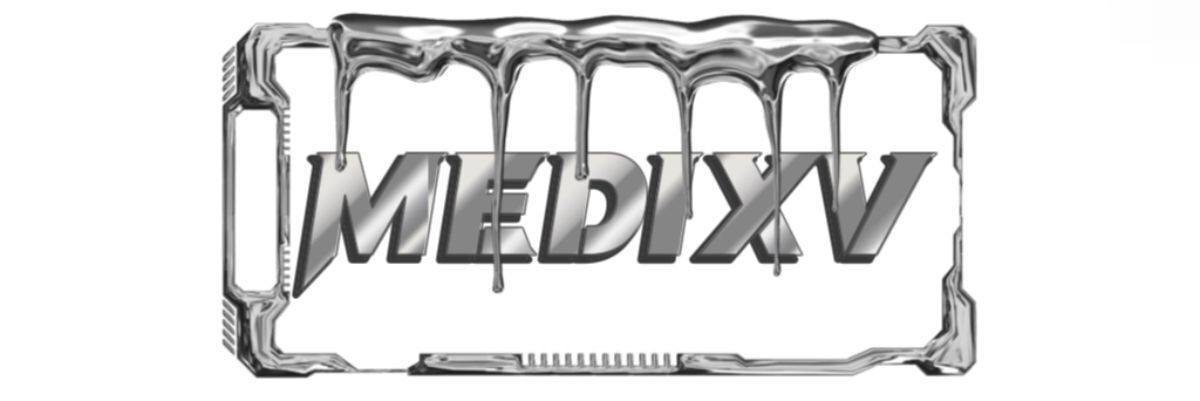Essential 1-Chlorobutane Basic Informations You Need
1-Chlorobutane is an important organic compound, classified as a primary alkyl halide with the chemical formula C4H9Cl. This colorless liquid is notable for its use in various industrial applications, research settings, and even as a reagent in organic synthesis. In this article, we will cover essential information regarding 1-chlorobutane, including its properties, applications, handling, and safety precautions.
Physical and Chemical Properties
1-Chlorobutane has a molecular weight of 92.57 g/mol and a boiling point of approximately 78.6 °C. This compound is soluble in organic solvents like ether, acetone, and alcohol, while being insoluble in water. The presence of the chlorine atom in the butane structure makes it a polar compound, exhibiting some unique reactivity compared to its non-halogenated counterparts. This reactivity is primarily due to the presence of the carbon-chlorine bond, which can undergo nucleophilic substitution and elimination reactions.
Production and Availability
Industrially, 1-chlorobutane can be synthesized through several methods, including the halogenation of butane using chlorine gas under UV light. Alternative methods involve the reaction of butanol with thionyl chloride or phosphorus pentachloride. 1-Chlorobutane is widely available through chemical supply companies and is sold in various quantities, suitable for both industrial and research purposes.
Applications
This compound serves several significant roles across multiple fields:
- As a solvent: 1-Chlorobutane is often used as a solvent in laboratories, facilitating the dissolution of various compounds.
- In organic synthesis: It serves as a crucial intermediate for synthesizing other organic compounds, such as alcohols, ethers, and more complex structures.
- In pharmaceuticals: Due to its reactivity, it is used in the production of medicinal compounds, making it vital in pharmaceutical research and development.
Handling and Safety Precautions
When working with 1-chlorobutane, it is crucial to adhere to proper safety protocols. Although it is not classified as highly toxic, exposure can lead to irritation of the skin, eyes, and respiratory tract. Always use appropriate personal protective equipment (PPE), including gloves, goggles, and lab coats, to minimize exposure risks. Additionally, it is crucial to work in a well-ventilated area or a fume hood, as inhalation of vapors can be harmful.
In the event of a spill, promptly clean it up using inert materials and dispose of waste according to local regulations to mitigate any environmental risks. As with many organic solvents, store 1-chlorobutane in a cool, dry place away from heat sources and incompatible materials.
Conclusion
Understanding the essential properties, applications, and safety measures related to 1-chlorobutane is crucial for anyone working in fields like chemistry, pharmaceuticals, or industrial manufacturing. Known for its unique reactivity and versatility, 1-chlorobutane is a compound that continues to find value in various scientific and industrial realms. Its proper handling ensures not only the safety of personnel but also optimizes its applications in a wide array of processes.
For more 1-Chlorobutane Basic Informations, CAS 79-38-9, Terephthaloyl Chloride Market Sizeinformation, please contact us. We will provide professional answers.

Comments
0